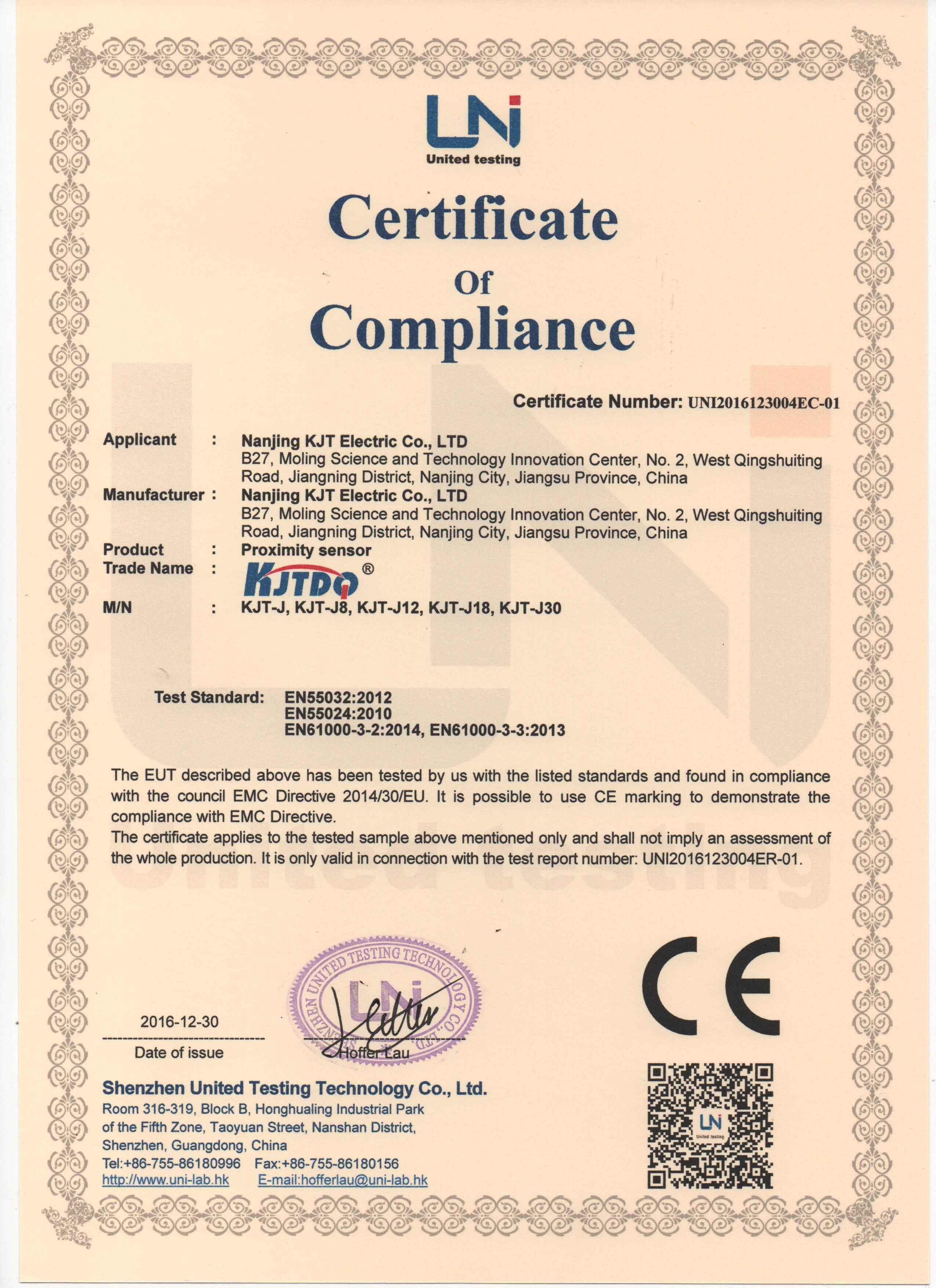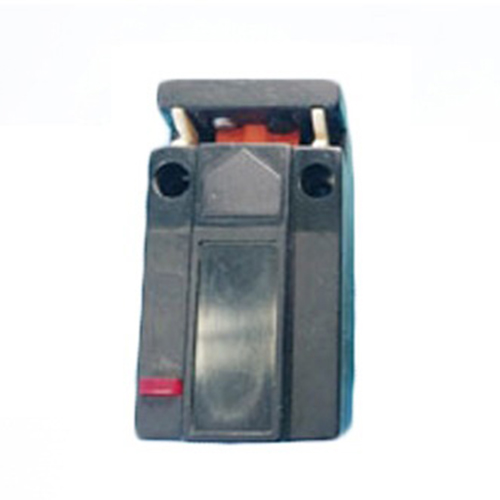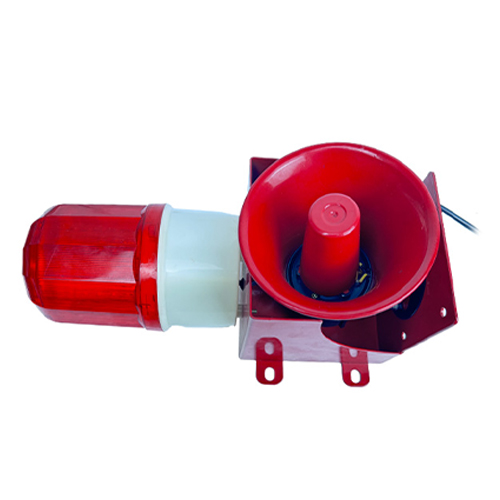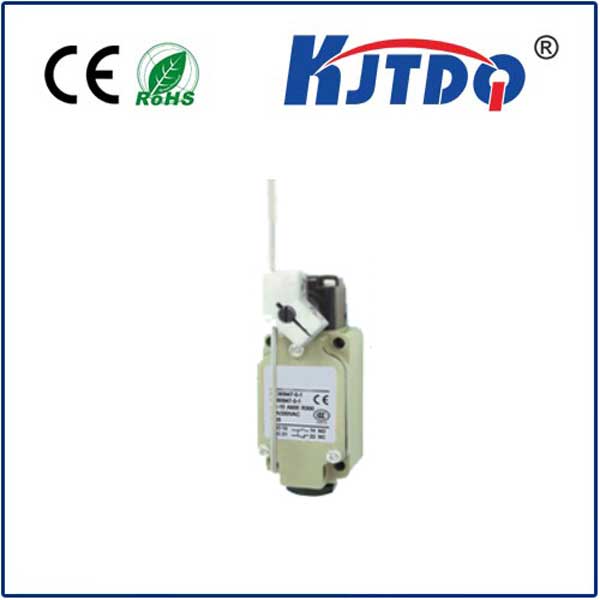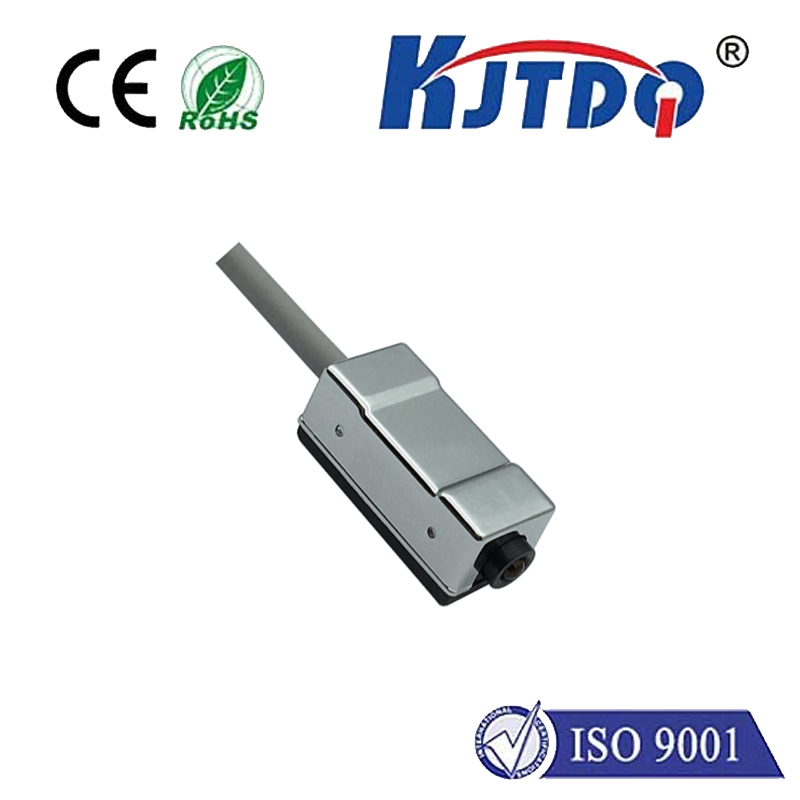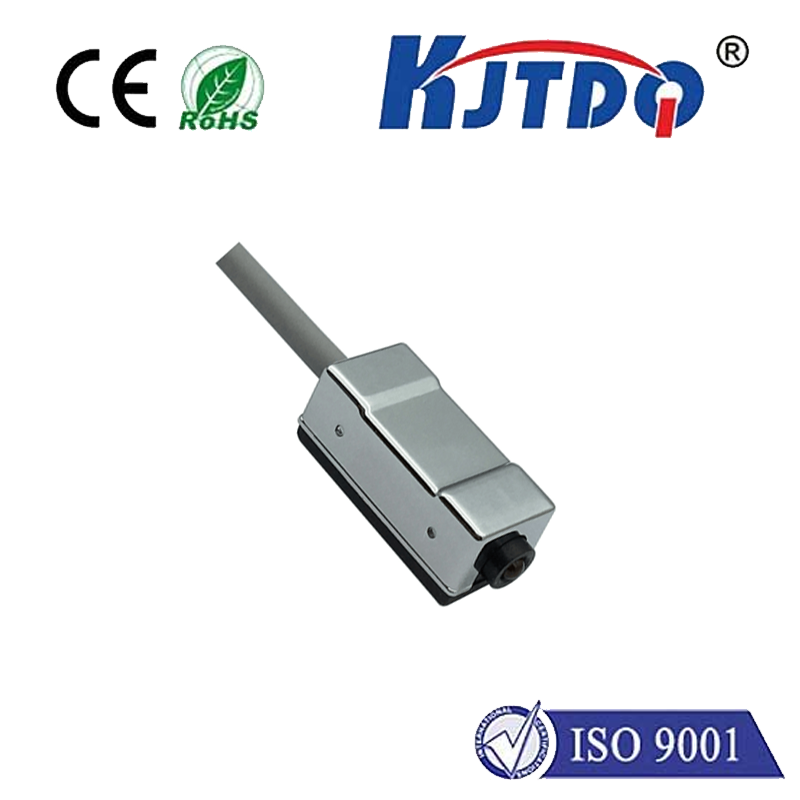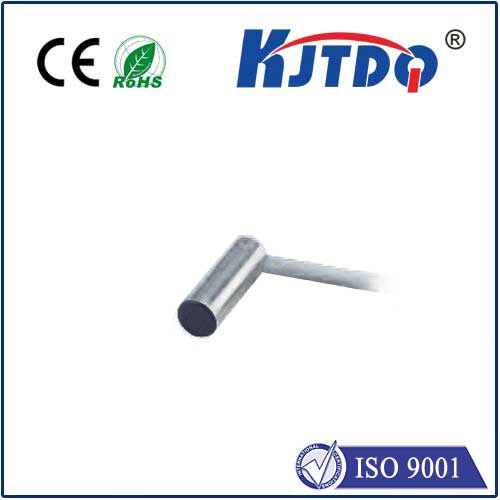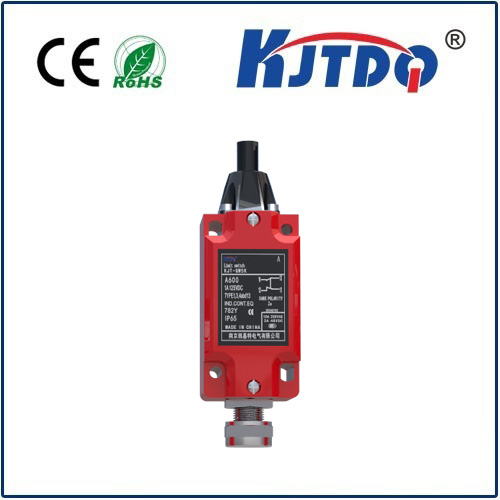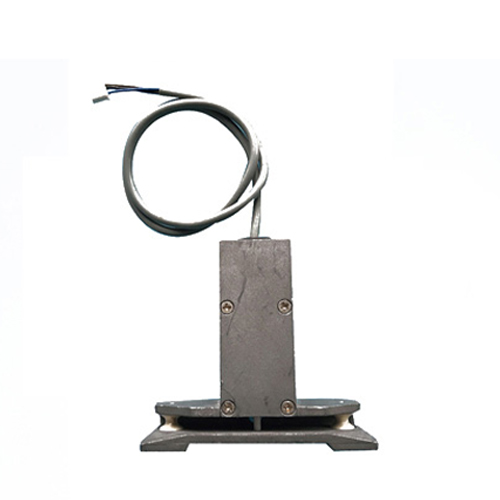optical encoder position sensor
- time:2025-08-14 17:02:47
- Нажмите:0
The Invisible Engine of Automation: Demystifying Optical Encoder Position Sensors
In a world driven by automation, robotics, and precision manufacturing, the ability to know exactly where something is – and where it’s moving – is non-negotiable. This critical feedback underpins CNC machines crafting intricate parts, robots performing delicate surgeries, and printers laying down perfect text. At the heart of this silent orchestration often lies an unsung hero: the optical encoder position sensor. This sophisticated yet reliable device translates physical movement into precise digital signals, becoming the essential eyes for countless modern systems.
What Exactly is an Optical Encoder Position Sensor?
Put simply, an optical encoder is a motion-sensing device that converts the angular (rotary) or linear position of a shaft or object into an electrical signal. It does this by using light as its fundamental measurement principle, distinguishing it from magnetic or capacitive encoders. The core components typically include:
- Light Source (Emitter): Usually an LED generating a beam of light.
- Code Disc or Scale: A patterned disk (rotary) or strip (linear) with alternating transparent and opaque segments. This is attached to the moving part.
- Photodetector Array (Sensor): Positioned opposite the light source, it detects the pattern of light interrupted by the rotating disk or moving scale.
- Signal Conditioning Electronics: Processes the raw signals from the photodetectors into clean, usable outputs (like digital pulses or data words).
How Does the Optical Encoder Work?
The core operation hinges on light interruption. As the patterned code disc rotates or the linear scale moves, it alternately blocks and allows the light beam from the emitter to reach the photodetectors.
- Rotary Encoders: The disc has radial tracks with precise slots or lines. As it spins, these lines pass between the LED and photodetector(s).
- Linear Encoders: A long scale with a pattern moves relative to a stationary read head (containing the LED and detectors).
The photodetectors generate electrical signals corresponding to the light patterns they see. These signals are then processed:

- Incremental Encoders: These generate simple pulse trains. The fundamental output is a standard two-channel (A and B) quadrature signal. As the disc moves:
- Channel A and B are offset by 90 degrees electrically (one-quarter of a cycle).
- The rising and falling edges of the pulses count the movement (resolution is determined by the number of lines on the disc).
- The phase relationship between A and B signals indicates the direction of rotation (e.g., A leading B = clockwise; B leading A = counter-clockwise).
- A separate index (or ‘Z’) pulse provides a single reference point per revolution.
- Absolute Encoders: These provide a unique digital code for every single position within their range. The disc contains multiple concentric tracks with unique patterns (often using Gray Code to prevent errors during transitions). Each position corresponds to a unique combination of light/dark across these tracks, directly outputting the angular or linear position upon power-up, without needing motion.
Key Advantages: Why Choose Optical Encoders?
Their widespread adoption stems from compelling benefits:
- Exceptional Precision and Resolution: Optical encoders offer unrivaled resolution, capable of detecting minute movements down to fractions of a micron or arc-second. The density of lines on the disc/scale directly governs this. This makes them vital for high-precision applications.
- Высокая точность: With meticulous manufacturing, optical encoders achieve very high positional accuracy and low cyclic error.
- Non-contact Sensing: The sensing method is purely optical – there’s no physical wear between the disc/scale and the sensor head (aside from bearings in rotary versions). This translates to long operational life and minimal maintenance.
- High Speed Operation: The fundamental light-based detection allows for very high response speeds, making them suitable for applications requiring rapid feedback.
- Robust Signal Integrity: Modern designs are highly resistant to common electrical noise sources, providing reliable signals even in electrically noisy industrial environments.
- Immunity to Magnetic Fields: Unlike magnetic encoders, optical variants are unaffected by magnetic interference.
Where Do Optical Encoders Shine? Key Applications
The versatility of optical position sensors means they are found in a staggering array of industries:
- Industrial Automation & Robotics: Servo motor control on CNC machines, robotic arms (precise joint angle sensing), pick-and-place systems, conveyor positioning. Closed-loop control absolutely depends on them.
- Motion Control Systems: Precision stages for semiconductor manufacturing, microscopy, laser cutting, coordinate measuring machines (CMMs).
- Medical Devices: Imaging equipment (CT/MRI gantry position), surgical robots, infusion pumps, diagnostic analyzers – where precision and reliability are paramount.
- Consumer Electronics: High-performance printers/scanners, computer mice (modern optical mice are essentially miniaturized linear encoders), camera autofocus mechanisms, gaming controllers.
- Воздушно - космические и Оборона: Flight control surface position feedback, antenna positioning, inertial navigation system components.
- Scientific Instrumentation: Telescope mounts, spectrometer positioning, particle beam control.
Incremental vs. Absolute: Choosing the Right Type
The choice depends heavily on the application’s requirements:
- Use Incremental Encoders When:
- You need precise relative position and speed feedback.
- Cost is a significant factor.
- The system has a stable homing/reference routine.
- Power interruptions aren’t critical (position is lost on power-down).
- Use Absolute Encoders When:
- Knowing the exact position immediately upon power-up is critical (no homing needed).
- Position retention after power loss or system shutdown is essential.
- Absolute position over multiple revolutions is required (multi-turn absolute encoders).
- Higher system reliability and fault tolerance are priorities.
Important Considerations: Beyond Basic Operation
While powerful, deploying optical encoders effectively requires attention to key factors:
- Environmental Protection: Dust, debris, oils, and condensation can interfere with the light path or damage components. Selecting encoders with appropriate IP ratings (Ingress Protection) is crucial for harsh environments.
- Mounting Precision: Mechanical misalignment (runout, shaft wobble) can introduce measurement errors. Proper installation following manufacturer specs is vital for optimal performance.
- Signal Output: Ensure compatibility between the encoder’s output type (TTL, HTL, Open Collector, SSI, BiSS C, etc.) and the drive/controller input.
- Resolution vs. Accuracy: Don’t confuse these! Resolution is the smallest detectable movement. Точность refers to how closely the reported position reflects the true actual position. An encoder can have high resolution but poor accuracy if misaligned or poorly manufactured.
The Future: Continuous Refinement
Optical encoder technology is not static. Ongoing advancements focus on:
- Miniaturization: Enabling integration into smaller devices like micro-robots and wearable tech.
- Higher Resolutions: Pushing the boundaries of precision using diffraction gratings and interferometric techniques.
- Integrated Electronics: Combining the sensing elements and processing circuitry into smarter, more compact modules.
- Enhanced Reliability & Robustness: Improving sealing, component durability, and resistance to contaminants and vibrations.
- Faster Communication: Implementing high-speed serial interfaces for complex motion control systems.
From the heart of massive industrial robots to the delicate mechanisms inside medical instruments, optical encoder position sensors are the silent, precise backbone of modern motion control. Their ability to translate mechanical reality into digital certainty with high


